The pain of running a marathon
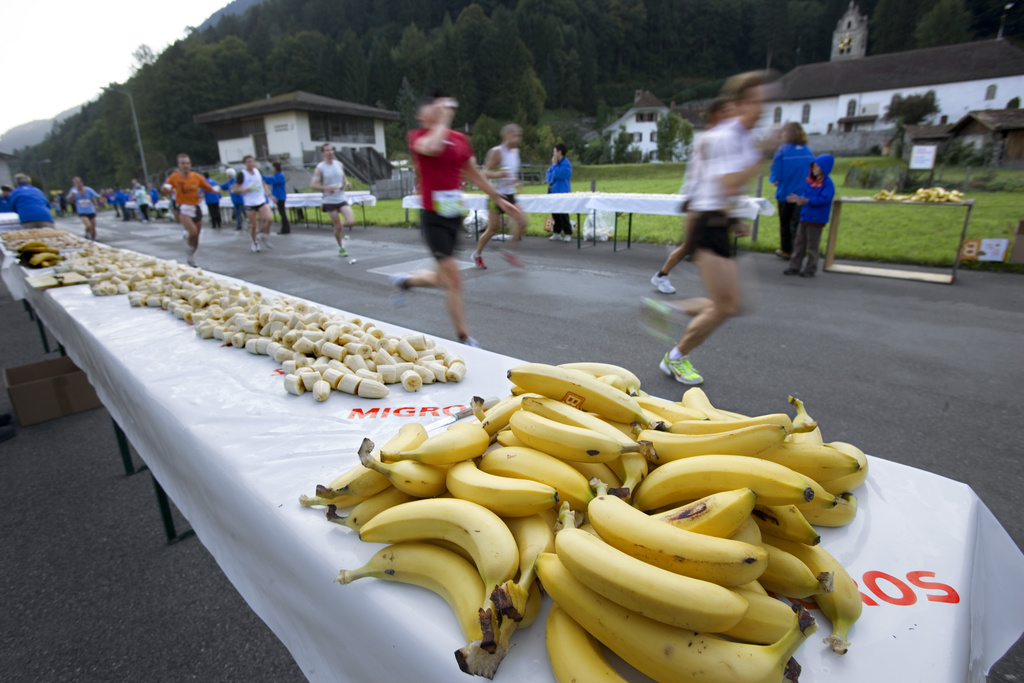
Recent surveys conducted at marathons in Germany have found that as many as two-thirds of runners put their health at risk by taking painkillers before the race.
But how widespread is the problem in Switzerland – a country where long-distance running events are increasing in popularity?
Few people have qualms about popping a Tylenol, aspirin, Advil or Aleve pill to get relief from a headache.
But the fact that these over-the-counter drugs are household names could lead to abuse by athletes as the German surveys have shown. And the medications are not as harmless as they seem.
Advil, Aleve and aspirin are so-called non-steroidal anti-inflammatories (NSAIDS) that not only suppress pain, but prevent the inflammation of joints that often affects long-distance runners. But if dehydrated, a runner using NSAIDS or Tylenol can experience liver failure.
Matthias Kamber, director of Switzerland’s official anti-doping agency, told swissinfo.ch that, according to a large survey conducted two or three years ago, knowledge among the Swiss population as a whole about painkillers is quite poor.
Raise awareness
“This was one reason we started a project together with the health insurance company, Visana, to raise awareness of these problems,” Kamber said.
Anti-Doping Switzerland and the insurer will set up booths at a series of sporting events this year to inform amateur athletes about the potential risks of doping, medication misuse and improper diet.
The Anti-Doping Switzerland/Visana road show made a stop at one of Switzerland’s high profile mountain races last year, the Jungfrau Marathon.
It is one of the few Swiss endurance events where amateur athletes have ever been surveyed about doping and drug use. “We found that one-third took painkillers, and one person was found to have doped illegally,” Jungfrau Marathon president Christoph Seiler told swissinfo.ch.
However, the study was done in 1998 so it is not clear whether the results would be the same today.
Kamber disputes the Jungfrau findings, saying a much larger, more scientific survey done at the Swissalpine marathon in Davos a couple years later came up with a much lower rate – about ten per cent.
Asthma sprays
This figure is supported by sports doctor Walter O. Frey. He believes that, contrary to the findings of the anti-doping agency study, runners are well informed about the risks of popping pills.
“People who run marathons and are on medication discuss their problems with us, so they are aware of what can happen.”
Frey, head of the move>med sports medical centre in Zurich, said he was surprised by a separate study that found very low usage among runners of asthma sprays, which aid breathing.
“Use is less in marathon runners than among the general public. So there are a lot of runners not taking any medication even though they suffer from asthma. Some don’t take enough medication,” Frey said.
Frey, Kamber and Seiler all agree that painkillers have no place as prophylactics at long-distance races. Not so in the United States, where three of the most popular events are held: the New York City, Boston and Chicago marathons.
As late as 2008, Tylenol was an official sponsor of the New York race. Even today, the company devotes a page of its website to marathon running: “Aches and pains are a part of marathon running. To combat them, most major marathons distribute Tylenol. When used as directed, no other pain reliever is safer than Tylenol,” the website says.
No pain, no gain
“In South Africa or New York City, we know it’s quite common to take pills, but we tell our runners ‘you have to accept the pain’,” says Markus Roth, head of Albis Reisen, a Swiss travel agency specialising in organising participation in marathons.
The agency sends about 700 amateur runners to events around the world each year – 250 to New York alone – and offers customers training seminars to help them prepare.
“If you train well enough, you can run a marathon without any medication,” Roth told swissinfo.ch.
Philippe Tschannen, a businessman who has booked a place in this year’s New York event through Albis Reisen, has got the message.
“I hope not to have any pain, and if I do I won’t keep running,” he said while jogging along the Lake Zurich shore. “I won’t take any painkillers before or during the run.”
But Frey admits that he is questioned by patients who seek approval to use medications before the race.
“I’m sometimes asked ‘may I participate for the last time in my life and may I take painkillers?’,” the doctor said.
“I had one example of a patient who took a high dosage of medication and developed kidney problems, but in 25 years of treating marathon runners, it was the only case.”
Dale Bechtel, swissinfo.ch
61% of runners who took part in the 2009 Bonn Marathon took painkillers before the race, according to a study done by professor Kay Brune at Erlangen-Nürnberg University in Germany.
Ernst Jakob, head doctor at Germany’s Sportklinik Hellersen, interviewed all 2,000 participants at a marathon in the town of Plettenberg. His findings: nearly half admitted to taking pain relievers either regularly or occasionally at long-distance events.
“The phenomenon is relatively widespread,“ Jakob told the Welt Online website. “As a doctor, I frequently come across patients with signs of kidney problems.”
The Swiss – per capita – outnumber most other Europeans taking part in the biggest international marathons.
In the 2009 New York City Marathon, 750 Swiss completed the 42.195km course. There were three times as many Germans, but Germany has ten times Switzerland’s population.
Swiss participation per capita is also at or near the top of the other major marathons (London, Berlin, Boston, Chicago), with only the Dutch, Danish and Norwegians coming close.
Nine marathons are being held in Switzerland in 2010, as well as numerous long distance races of varying lengths; mountain marathons, triathlons and even a Gigathlon where athletes swim, run, inline skate and cycle more than 400km, overcoming 8,000m in altitude, in two days.

In compliance with the JTI standards
More: SWI swissinfo.ch certified by the Journalism Trust Initiative

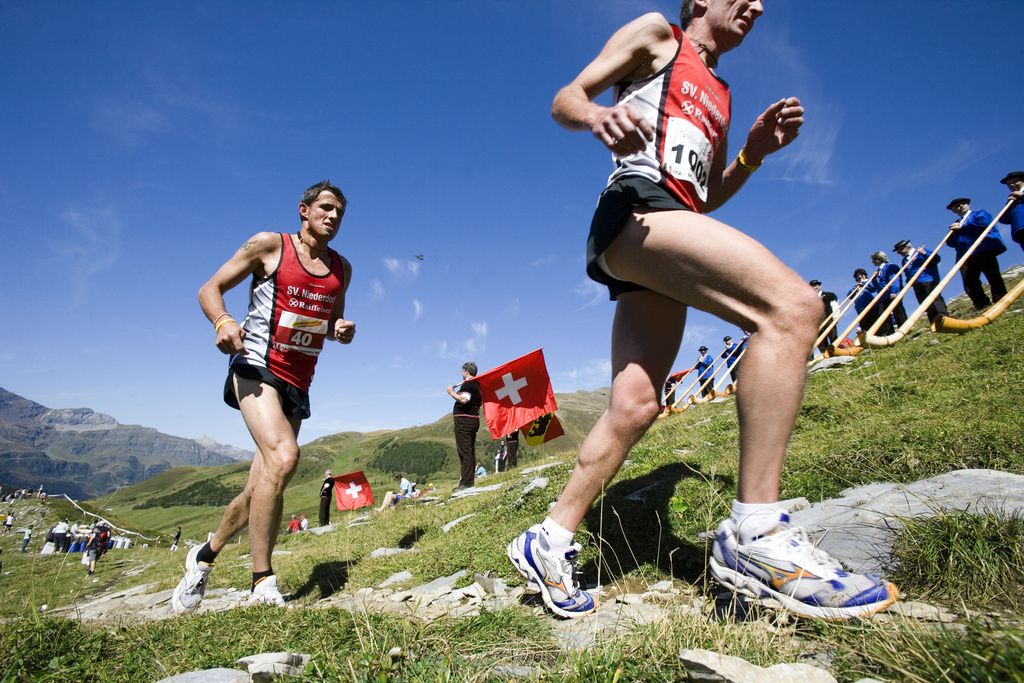
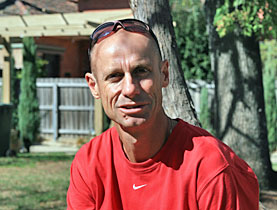
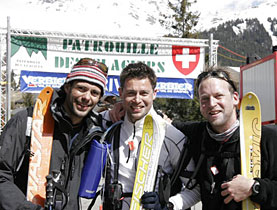
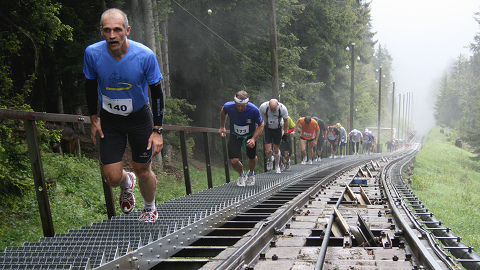
You can find an overview of ongoing debates with our journalists here. Please join us!
If you want to start a conversation about a topic raised in this article or want to report factual errors, email us at english@swissinfo.ch.